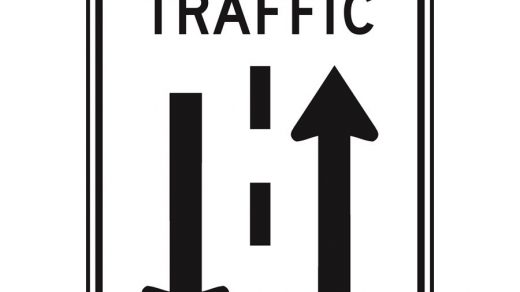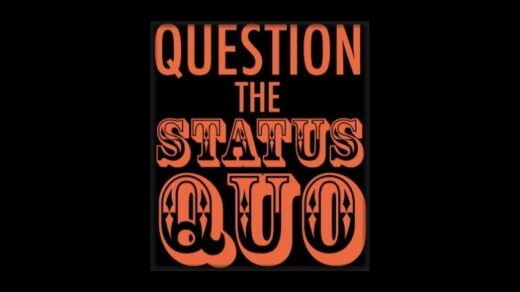
A few years ago, I wrote an article that listed seven different truths about fundraising (here). The past 14 months have been quite a roller coaster ride for many charities, but I firmly believe that those that have succeeded are those charities that have focussed on stewardship. I address some of these points made in the article with a COVID-bend:
Don’t Expect Financial Support. Earn It.
Everybody (in the entire world) knows that the financial stability of any organization (or business) has been stressed. Some beyond repair. Some charities saw a record number of first-time givers last year, and others fought like mad just to keep the doors open. A cogent Case for Support is needed now, more than ever. Donors assume that you are having financial challenges. Everybody is. What will separate your organization from others is to have a clear vision of how you have responded in the past and will respond to these changing times. The status quo likely won’t work well in the long term.
Fundraising Isn’t About Raising Money. It’s About Solving Problems.
Again, I go back to the Case for Support. So many organizations have similar problems (how do we keep going, etc.). Money is merely a means to an end. When writing Cases for Support for organizations, it basically boils down to three main sections:
- The problem today
- The campaign to raise money
- The utopian future
The injection of money (#2) basically moves you from #1 to #3. It is merely a conduit.
Organizations Aren’t Entitled To Donor Loyalty. They Must First Earn It & Then Constantly Re-Earn It.
As so many organizations saw (over the last 14 months), there was an influx of first-time donors. Likely, the donors responded to a specific call to action or a media story. Places like food banks and homeless shelters saw great support. That’s the good news. But what are the organizations doing to ensure that there is a second gift? A third gift?
Organizations must prove that they stewarded the gift appropriately. Was there a report back to the donor? Was the donor even thanked? (HINT: A charitable tax receipt is not a thank you.) A lot of donors switched their priorities to those organizations that were in dire straits and needed immediate funding. Was this a temporary reprioritization, or is this now permanent? Both the organization where support was shifted FROM and the one where it was shifted TO) need to be engaged with the donor. I have often said that if you don’t look after your donors, another organization will.
Donor Stewardship Must Be Embraced By The Whole Organization. It Is Not Just A Tool To Be Used By The Fundraising Department.
A holistic approach to donor stewardship is paramount to success. I have often said that not everybody in your organization needs to be a fundraiser, but they all need to be involved in fundraising. The donation component of a donor’s journey is just one small part. There is cultivation, as well as stewardship. The entire process must be seen as an organizational responsibility and duty.
The Dichotomy Of Stewardship In A Pandemic.
It is so tough to see immediate results from stewardship. Many organizations are slashing and burning their stewardship efforts in an attempt to save money. Holiday parties won’t likely happen for a while. But the investment in people picking up the phone and speaking with donors is one of the best uses of your organization’s budget that you can find. Just maintaining your fundraising levels is often viewed as a success in today’s climate! Cutting stewardship will likely save your organization some money in the short term, but I guarantee that it will cost your organization much more in the long term.
Until next week.
L’chaim,
jack




